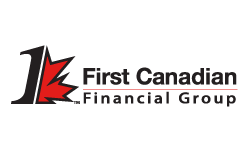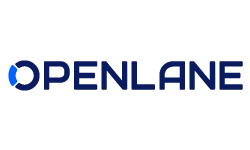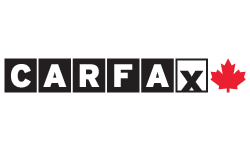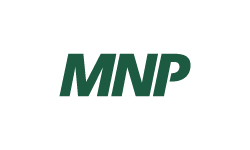By Blair Qualey
As we move into August, it’s worth highlighting for our members that July 2025 brought encouraging news for the Canadian auto sector. According to DesRosiers Automotive Consultants (DAC), an estimated 172,000 light vehicles were sold across the country last month, an increase of 6.9% over the 161,000 units sold in July 2024. It was the strongest July performance since 2019, which is not too shabby given everything that’s happening economically right now!
Resilience is the key word here, as the seasonally adjusted annual rate (SAAR) for July came in at 1.89 million units. While that is lower than the levels recorded in the first quarter of 2025, DAC points out that it is unchanged from the second quarter, which is an achievement in itself given the challenges currently facing the Canadian economy.
The year-to-date sales picture reinforces this trend of steady performance. From January through July 2025, monthly sales have, for the most part, tracked ahead of 2024, with particularly strong results in the spring and early summer. The margin between 2025 and 2024 narrowed somewhat in June and July, but remained positive. Sales growth has levelled off from the big jumps we saw early in 2024, but July still showed a solid 6.9% increase over last year.
Although results were helped by one additional selling day and a comparatively weak July 2024, the showing is still a welcome sign for the industry. DAC notes that some of the vehicles sold were drawn from pre-tariff inventory, meaning the full impact of counter-tariffs is still to be seen. Even so, July’s numbers confirm that Canadians are continuing to buy vehicles in healthy volumes despite ongoing trade and economic uncertainty.
Also something to note is that even though most of the market has held steady or improved, zero-emission vehicle (ZEV) sales have remained quiet. July saw headlines about Tesla’s $20,000 price cut for its potentially German-sourced Model Y, but no deliveries are expected for several months. Once again, this tracks with our opinion regarding the ongoing need for clear and realistic direction from both federal and provincial governments regarding ZEV mandates and incentive programs. As I’ve said in previous blog posts, a transparent, practical approach will help consumers plan their purchases and give manufacturers and dealers the confidence to invest in meeting future demand.
While Canadian light vehicle sales have shown resilience and even growth recently, there are indications that the market may be heading towards a period of softening. Factors like economic uncertainty, potential interest rate hikes, and ongoing trade tensions could impact future sales. However, some experts believe the current strength in sales is not just a temporary surge but rather a new, more sustainable level of demand.
Looking ahead, the industry will continue to face challenges, but July’s performance is a reminder that strength and stability are possible even in less-than-ideal circumstances. With steady consumer demand, a diverse mix of vehicles on offer, and a commitment to meeting the needs of Canadian drivers, there is good reason to remain optimistic about the rest of 2025.
For BC dealers in particular, this positive national trend is a welcome backdrop as we enter the second half of the year. By staying focused on customer service, vehicle availability, and clear communication about both current options and future technologies, dealers can help ensure that 2025 ends on a strong note for all our members.
Blair Qualey is President and CEO of the New Car Dealers Association of BC. You can email him at [email protected].










